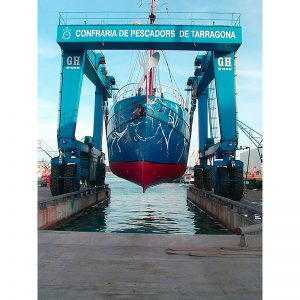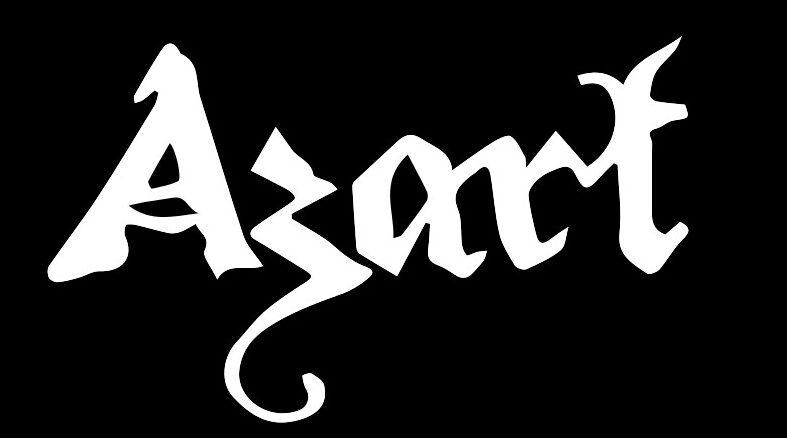
TECHNICAL DATA SHIP

SHORT HISTORY
of the SCH4 alias Azart
Cultural Heritage of Holland
This iron ship was built riveted in 1916 as any typical Dutch sailing herring-net vessel of that era. In the first two years of her existence she served as sailing transport vessel in the inland waters of Holland as war raged over Europe. From 1918 she dedicated herself fully to the chase of millions of herring, a career she would fulfil for well beyond half a century on the stormy North Sea waters. In 1929 she got her first 110 HP motor and the skipper a small sail to protect himself from the wind. She was known in those days as ‘the red logger’ to distinguish her from her Scheveningen sisters who were all traditionally black. In 1940 she was seized by the German Navy who installed guns and a 180 HP Deutsche Werke for patrolling activities. After the war she was lengthened by 8 meters to carry more herring. In 1959 she got her present motor, a 220HP Industrie as well as her present bridge which was a second-hand-one from an old steam-logger. In 1971 she was the last ever ship who employed the herring-net technology over a tradition of 5 centuries which brought Holland protein and prosperity. She then served some years as a herring transport cargo from Iceland and Norway and later as a North Sea One-Day-Trip Fish&Beer experience. In 1978 she was reduced to her original size. The cultural foundation Azart bought the ship in 1989, called her Azart and transformed her in a Ship of Fools, home and transport of an artists’ collective and theatre company.
This documentary describes life on board a fellow ship in the spring of 1951.
Every year around Pentecost, the ships were prepared and decorated with flags (Flag Day). All the “loggers” (driftnet fishing boats) left at the same time for Scotland. The crew consisted of about 15 people. Only the captain, the helmsman and the mechanic slept in the stern, the others in the bow. Upon arrival, a place was selected and in the afternoon the nets were dropped, leaving them adrift. The approximately one hundred networks were several kilometers long. At night, a watchman with a torch stood to warn other ships. In the morning, eight sailors in a row pulled them towards the boat, and then shook the herrings with a collective rhythmic gesture. Then the same sailors gutted the fish and put it with a lot of salt into barrels, which were lowered into the hold.

The ships only returned when they were full, after several weeks. The first barrel of fresh herring that returned on the first boat was sold for charity. In 1910, 501 boats participated in the herring fishery with Scheveningen in the lead with 185 boats. In the late 1960s, they were replaced by trawlers where the nets were towed. In 1971, the vessel became the last herring fisherman in Holland still using this ancient technique.
